#Székely
Text
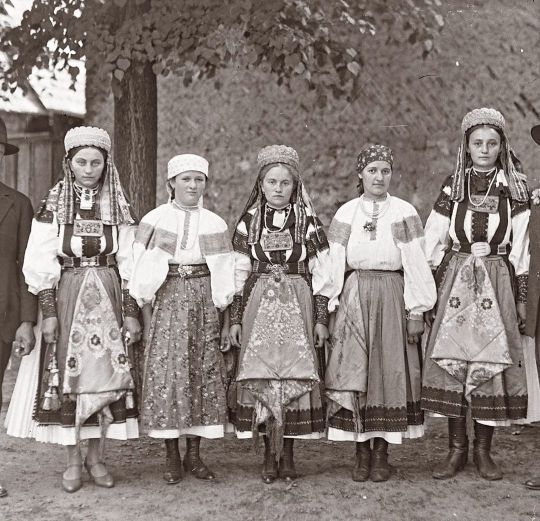
Group of young Székely girls From Rimetea / Torockó, Alba, Transylvania
Not dated (interwar period), photographer/source not credited – via transylvania.heritage
126 notes
·
View notes
Text
SOME INFORMATION ABOUT DRACULAURA’S CULTURAL BACKGROUND. - made by someone who is part of her culture.
Before I get into this, I want to say that I have already posted this on twitter but I know there’s some who don’t use twitter and I just wanted to share my thoughts here, too. Hopefully with more organized details than on there.
Also, heads up, I am NOT a historian. I study history for fun and I want to be a historian, however I am not in any way a professional. However I am Eastern European - mainly Slavic and Hungarian, so this is my history that I am talking about. To make this thread easier to read, I will be calling Draculaura “Lala”, just so we don’t confuse her with her father.
Lala was born in Romania (Eastern Europe), in 412 AD.

Some say she was born in the Roman Empire, but that province of Romania would be called "Roman Dacia" and it lasted until 271 AD. So, that isn’t fully correct.

The Roman Dacia was also a part of Transylvania. Transylvania is a historical region of Romania. It is not a fictional place.

Draculaura was born to human parents, Camille and Gaius, the latter being a soldier. This makes Lala Romanian by birth, however do not confuse the terms "Roman", “Romani” and "Romanian" because they're three different things.
Roman: an inhabitant of the Roman Empire.
Romani: a member of an ethnic group originating in South Asia, living widely dispersed across Europe and speaking a language that is related to Hindi.
Romanian: a native or inhabitant of Romania, or a person of Romanian descent.
Gaius died in battle and this left Camille alone. Gaius was related to someone Dracula was close to. Dracula then took them to his home to help them out. It is said in Lala’s collector doll diary that Dracula took them to Dacia however, the Dacian kingdom only lasted from 106 to - 275 AD.
Q: Who even is Dracula?
A: Dracula is a story written by an Irish author called Bram Stoker. Dracula is a vampire living in Transylvania. In his novel, Dracula claims to be Székely.
Q: What does székely mean?
A: Székely people are ethnic Hungarians living mostly in Romania. They were first mentioned in 1116 AD and according to Szádeczky-Kardoss Lajos "they believe themselves to be descendants of the Huns".
image: Székely people in their cultural clothing

Q: Then who are the Csángó people?
A: The Csángós are also an ethnic Hungarian group inhabiting the Moldavia region of Romania, but mostly of Catholic faith. They speak in the Csángó dialect. Some Csángós also live in Transylvania.
image: Csángó people in their cultural clothing

Q: Then who are the Huns?
A: The Huns were nomadic people who lived in Central Asia, the Caucasus, and Eastern Europe between the 4th and 6th century AD. Scholars generally agree that they originated in Central Asia but disagree on the specifics of their origins.
Often Dracula is confused with Vlad Tepes. This is quite easy to confuse because Vlad is often called Vlad Dracula. Vlad Tepes, better known as Vlad the Impaler or Vlad III, Prince of Wallachia was born in Transylvania and his father was Vlad II Dracul (meaning dragon in LATIN), ruler of Wallachia.
Q: If dracul means devil in Romanian, how is it possible that Vlad’s surname isn’t in Romanian?
A: This is actually very easy to explain! Vlad was a Christian ruler. Christian monarchs in the medieval times used Latin because it was the language the Bible was accessible in. This caused a lot of problems for the poor people who didn’t speak Latin, and to explain this I’d have to talk about the English reformation, but that’s a topic for another day and very unrelated.
Q: So, how did Vlad get that surname?
A: Dracul was a surname granted by the Order of Dragon. Order Of The Dragon, aka "Societas Draconistarum" was a monarchical chivalric order only for selected higher aristocracy and monarchs. This name is in Latin, not Romanian, therefore Dracul here means dragon and not devil.
Q: But why is it the same word then?
A: Because Romance languages adopted a lot of their vocabulary from Latin. In the past, dragons were associated with the devil.
The dragon here is part of the symbol of the Order of Dragon. On the back of the dragon, from the base of the neck to the tail, is the Red Cross of Saint George.
Q: So, Dracula isn’t the same as Vlad then?
A: Nope! Even if Bram Stoker was inspired, it doesn't make Vlad Tepes the same as Dracula, the fictional figure.
It seems Dracula and Camille were very much in love. When Lala was born, she was named in honor of Dracula. Laura was the name given to her by her mother and Dracula because of her step-father. This actually makes sense in the way Hungarian people have their names!
The surnames always come first in Hungarian. So, Lala getting her surname from her step-father makes a lot of sense. But of course, this is also a fictional character so her name is a pun.
Camille died in a plague while Dracula was away doing business in Rome. When he came home, he realized Draculaura was sick too so he converted her into a vampire.
She was then raised in the Vampire Court, with Elissabat and Valentine.
Q: But isn’t Valentine Irish?
A: Yes, he is! Confirmed by one of the old Monster High writers, Valentine was born in 410 AD. Apparently, at the age of 17 he and his mother were forcibly turned into vampires to fight a war against werevolves. Stoker saw potential in Kieran and helped him get introduced to the Vampire Court where he met Lala. (my source is from Twitter, so do take this with a pinch of salt, but it does sound likely)
Elissabat on the other hand, as far as we know, is Transylvanian. Her name would be Erzsébet in Hungarian. The name could’ve been inspired by Erzsébet Báthory.
Q: So, when did Draculaura and Dracula settle in the USA?
A: This is quite unclear. I would say it was either in the late 19th or 20th century. What we know is that it happened because they mistook her eating a tomato for blood and the normies wanted to attack vampires. This instance is actually quite similar to how some Hungarians living in Romania were treated.
It happened especially during the Hungarian revolution of 1848 that thousands of Transylvanian villages with a Hungarian population were attacked. This is, of course, just me giving historical context and not saying this is what happened to Lala. It obviously didn’t.
Let’s dicuss Lala’s accent now. I’ve seen people call it Romanian, Hungarian, Transylvanian, Romani, Russian... Anything you can imagine.
Russian is incorrect. Draculaura is not from Russia nor is she Slavic. Being Slavic also doesn’t immediately give you a Russian accent. These are the Slavic countries:
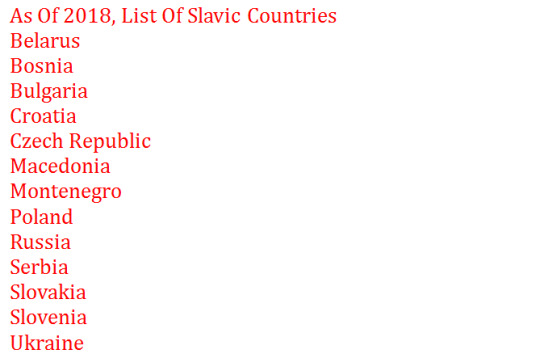
Romanian is a romance language while Russian is a Slavic language. Lala wasn’t in Romania during the Soviet occupation.
To further understand Lala’s accent we have to go back to the first portrayer of Dracula - Béla Lugosi. He portrayed Dracula in the 1931 movie with the same title.
Béla Lugosi, born as Béla Ferenc Dezső Blaskó was a Székely man born in Lugos (in Romanian Lugoj) which was then part of the Hungarian Kingdom. He had a very obvious Hungarian accent which inspired a lot of other Dracula and vampire portrayals.
I have seen many discuss that Lala indeed does not speak with a Romanian accent. And that is true, she does not because Dracula's first language is Hungarian.
As her parents died at a young age, it's obvious to me that she grew up speaking Hungarian with Latin and Romanian as her second / third languages.
Q: Why Latin?
A: Many European nobility spoke Latin for multiple reasons, including religious.
Q: So, what is Draculaura’s ethnicity then?
A: Ethnically she would be Romanian and culturally Székely, belonging to a Hungarian ethnic minority.
Draculaura would either way be very much fluent in Hungarian as she lived under the Hungarian Kingdom. She lived through a lot of things - including the battle of Mohács, the ottoman occupation of Hungary, Austria-Hungary, the treaty of trianon that made Transylvania part of Romania and so on.
As a person who also belongs to a Hungarian minority and lives in a country that doesn’t have the same national language as my native language, I can very much relate to Draculaura. I feel represented by her. Her accent is quite realistic, many Hungarians have thick accents. Her voice actress did an amazing job portraying her.
Let’s normalize characters with obvious accents. Draculaura wasn’t just comedic relief. Not at all - in fact, she was representation to many Romanian and Hungarian kids. Even immigrant kids. Portraying immigrant characters in a good light is very important. Calling her accent exaggerated, unserious and over the top is not only offensive to non-native English speakers but is also fully ignorant. Having an accent is a cultural thing and should not be made fun of.
Thank you for reading my thread! If you have any questions, please leave them below in the comments.
#draculaura#monster high#székely#hungary#hungarian history#hungarian#monster high live action#character background#accents#eastern europe#representation#mh#mh characters#dracula#fictional characters#classical literature#béla lugosi#live action monster high
88 notes
·
View notes
Photo

🇬🇧 Self-guided tours on your phone! 📲 Turn your phone into a personal audio tour guide to accompany you on your travel adventures. SmartGuide acts like a live guide, guiding visitors around and talking to them automatically when they reach an interesting spot. Gamification is used to make guide content more engaging and bring it to life with audio narration and Augmented Reality (AR). 🇷🇴 Tururi autoghidate pe telefon! 📲 Transformați-vă telefonul într-un ghid turistic audio personal care să vă însoțească în aventurile dumneavoastră de călătorie. SmartGuide se comportă ca un ghid viu, ghidându-i pe vizitatori și vorbindu-le automat atunci când ajung într-un loc interesant. Gamificarea este utilizată pentru a face conținutul ghidului mai atractiv și pentru a-l aduce la viață cu ajutorul narațiunii audio și al realității augmentate (Augmented Reality). 🇭🇺 Önvezető túrák a telefonjukon! 📲 Tegye a telefonját személyes audio idegenvezetővé, amely elkíséri Önt utazási kalandjai során. A SmartGuide úgy viselkedik, mint egy élő idegenvezető, aki kalauzolja a látogatókat, és automatikusan beszél hozzájuk, amikor egy érdekes ponthoz érnek. A játéktechnika segítségével az idegenvezetői tartalom még vonzóbbá válik, és hangos narrációval és kiterjesztett valósággal (Augmented Reality) életre kel. ❕SmartGuide 🇷🇴 🇬🇧 🇫🇷 🇩🇪 🇭🇺 #visitkezdi #kezdi #Kézdivásárhely #udvarterek #székely #Transylvania #Erdély #GáborÁron #szekler #travel #tourism #VisitCovasna #architecturelovers #photographylover #photooftheday #travelphotography #traveltheworld #exploringtheworld #ig_romania #targusecuiesc #szeklerneumarkt #passionpassport #bbctravel #visualsoflife #LonelyPlanet #culturaltourism #traveladdict #transylvania #ig_europe #instagood (at Kézdi TourInform) https://www.instagram.com/p/CjAHvIfoRlz/?igshid=NGJjMDIxMWI=
#visitkezdi#kezdi#kézdivásárhely#udvarterek#székely#transylvania#erdély#gáboráron#szekler#travel#tourism#visitcovasna#architecturelovers#photographylover#photooftheday#travelphotography#traveltheworld#exploringtheworld#ig_romania#targusecuiesc#szeklerneumarkt#passionpassport#bbctravel#visualsoflife#lonelyplanet#culturaltourism#traveladdict#ig_europe#instagood
8 notes
·
View notes
Photo


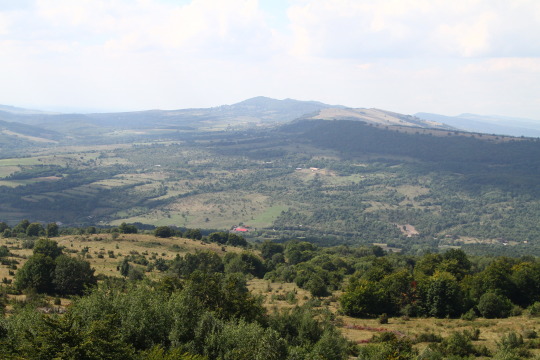

3 notes
·
View notes
Text
Motoros, táviányítós
Székelykapu.
Az sáros földutcámig? Isa mik vogy muk? Dont intend to hurt you.
1 note
·
View note
Photo

Béla Székely - Los tests Manual de pruebas psicométricas de inteligencia y de aptitudes #székely #bélaszekely #lostests #testpsicologico #testspsicologicos #pruebaspsicometricas #pruebaspsicométricas #personalidad #psicologia #psicología #kapelusz #loslibrosdefede https://www.instagram.com/p/Clin-JLulwn/?igshid=NGJjMDIxMWI=
#székely#bélaszekely#lostests#testpsicologico#testspsicologicos#pruebaspsicometricas#pruebaspsicométricas#personalidad#psicologia#psicología#kapelusz#loslibrosdefede
0 notes
Text
Székely Fesztivál 2022
A Széklely Fesztivál a megszokott helyen, de júnisuban kerül megrendezésre. (more…)
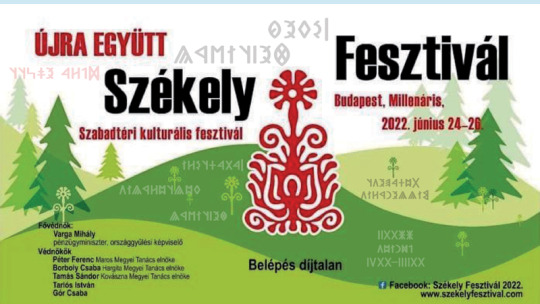
View On WordPress
0 notes
Text
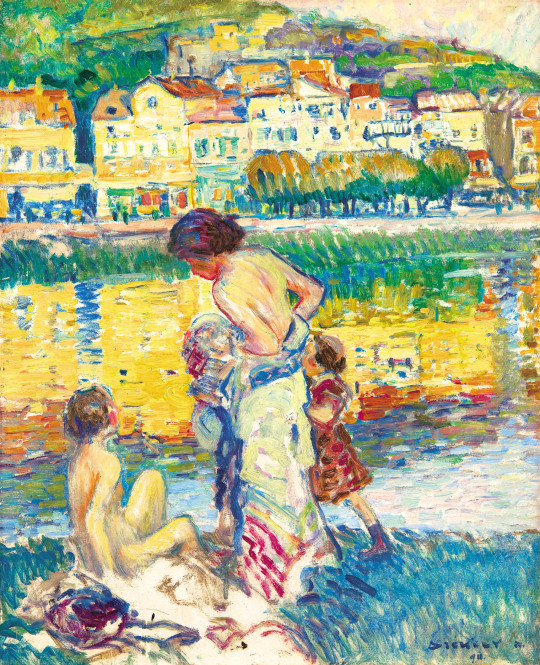
Dobai Székely Andor (Hungarian, 1877-1945), Summer Sunshine (Study for the painting "The City Sleeps"), Paris, 1911. Oil on paperboard, 65,5 x 54 cm
179 notes
·
View notes
Text
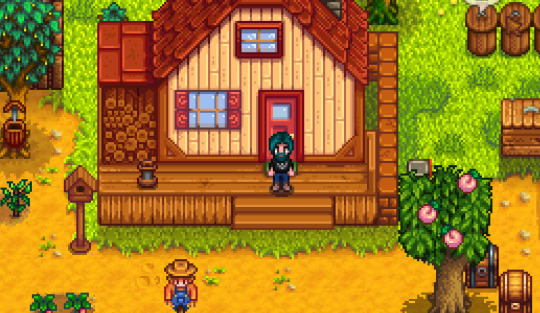
Egysze' vót, hó nem vót, tőtént egyszer réges régen kábé három nappal ezelőtt, egy Paraszt Bertalan nevű paraszt, akinek tiszta kékesződre vót festve a haja temperával kigondolta, hogy lemegy é a strandra magába
#hablaty#hinnye.jpg#íme bertalan a székely nem összetévesztendő székely bertalannal a festővel#amúgy meg el se hiszem hogy eddig eszembe se jutott hogy babi néni legyen a farmerom#most csalódtam magamban#csillagharmat völgy posting
38 notes
·
View notes
Photo

Pierre Székely - Watch of two worlds, 1963 - 64. x
94 notes
·
View notes
Text
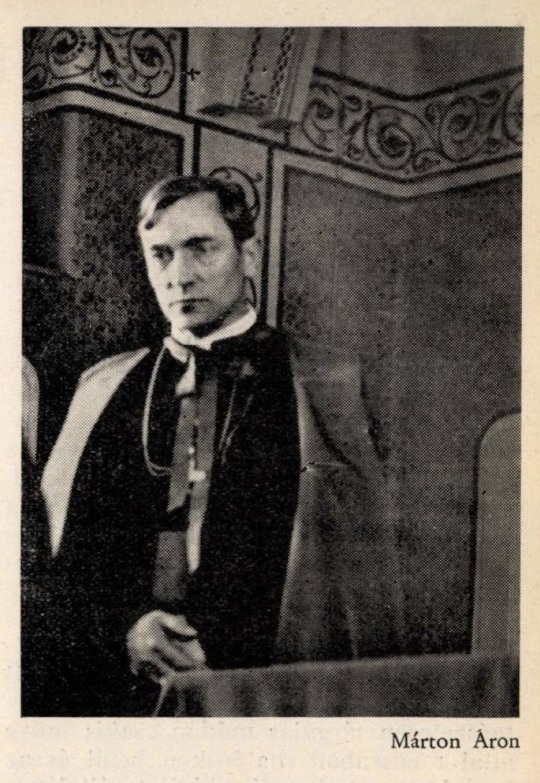
Áron Márton (b. Csíkszentdomokos 1896 — d. Alba Iulia 1980)
Márton was a Székely Roman Catholic prelate who served as a priest in Cluj (1936–1938) and then Bishop of Alba Iulia (1938–1980). Following the Second Vienna Award, which saw Northern Transylvania retaken by Hungary, he campaigned both publicly and privately against the deportation of Jews by the Hungarian government, for which he was recognized as Righteous Among the Nations by Yad Vashem in 1999. In 1992 his cause for beatification commenced, and he was titled a Servant of God. 2024 marks the 100th anniversary of his ordination.
Photograph published in Pásztortűz XXV, no. 1 (January 1939)
#márton áron#áron márton#catholicism#ardeal#erdély#transilvania#transylvania#1939#romania#magyar#jewish history#székely
37 notes
·
View notes
Photo

Bertalan Székely (Hungarian, 1835-1910)
Woman of Eger, 1867
Hungarian National Gallery
On 29 September, 1552, an army of 70,000 Turks gathered at Szolnok and went on to attack the castle of Eger. The defenders of the castle numbered all together 2000, including serfs with no understanding of warfare, and many women and children. Nevertheless, the defenders of the castle, under the leadership of István Dobó, repelled the attacks, and on 18 October, the Turks retreated from the castle. The most famous contemporary account of the heroic defence of the castle was Sebestyén “Lantos” Tinódi’s ballad of 1553, the Fight for the Castle of Eger. Mihály Horváth called attention to the role of women in the siege in his 19th -century work. In his composition, Bertalan Székely wanted to express the Hungarians’ disadvantage in the struggle, as he describes it in his journal. By depicting the central female figure with the attackers in front of her and the castle in flames behind her, he evokes a feeling of true heroism, while creating an eternal symbol of patriotic sacrifice.
-
Iván Boldizsár explains the historical background to Székely’s Women of Eger: “In the sixteenth century, when the Turks had conquered the greater part of Hungary, Eger became the protecting bulkwark of the northern regions. After Buda, the capital, had fallen to the Turks, they tried to extend their dominion northwards to the Carpathians in order to carry through outflanking movements towards Vienna in the west and the southern territories of Poland in the east. Eger already had a fortress, built by Italian experts in fortification, to guard the valley which was the natural line of advance to the north.
It was on these walls that the memorable battle for the defense of Eger was fought. A garrison of not more than two thousand, under István Dobó, resisted the challenge of a Turkish force said to be a hundred and fifty thousand strong. The citizens of Eger fought with dauntless courage, and when the fort seemed to be in danger of capitulation, the women joined the battle, gurling down cauldrons of boiling water and tar against the onrushing enemy. The struggle was finally crowned with victory, and the Turks turned back. This great feat has passed into literature. Not only dies every schoolchild in Hungary learn of it, but works of fiction have been written round it, among them the popular ’Stars of Eger’ by Géza Gárdonyi, a lasting work of Hungarian youth literature….
The fortress consists of a hill enclosed by massive walls, and honeycombed with underground passages at three different levels. It was this complicated system of underground defenses which enabled the defenders to face an enemy of vastly superior strength….Here and there are recesses in the walls of the corridors. During the siege sentinels sat here watching peas placed on a drum. The trembling of the peas showed where the Turks were beginning to undermine the walls, and by this simple device the defenders could know when to take measures to avert the danger by drilling counter-mines.“
#Bertalan Székely#hungarian art#hungary#woman of eger#art#fine art#classical art#european art#serbia#world history#art history#europe#european#warfare#war#western civilization#eger#hungarians#oil painting#woman of eger 1867
95 notes
·
View notes
Text
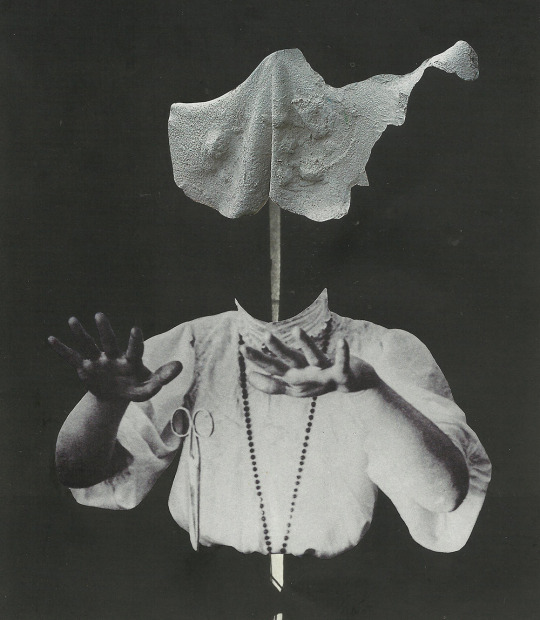
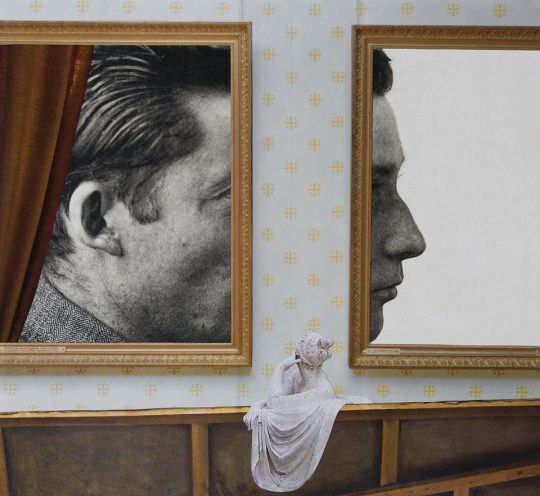


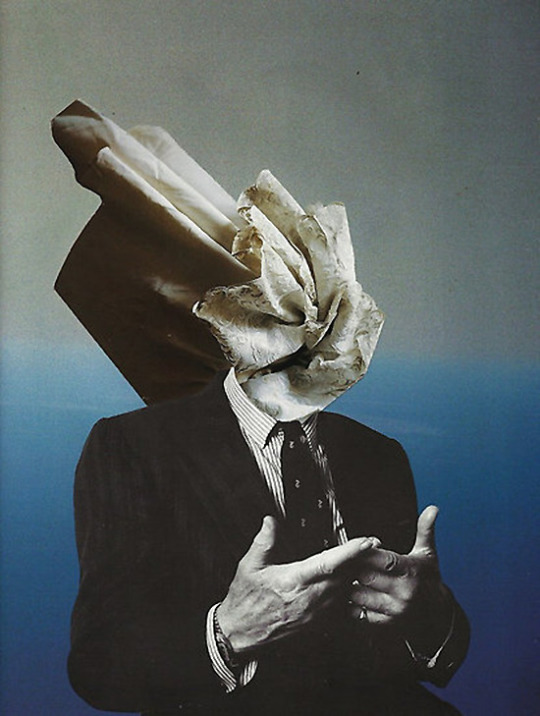



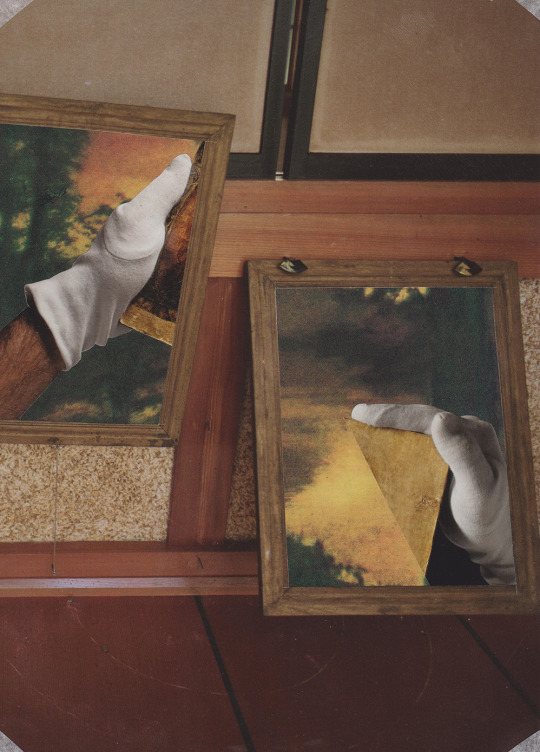
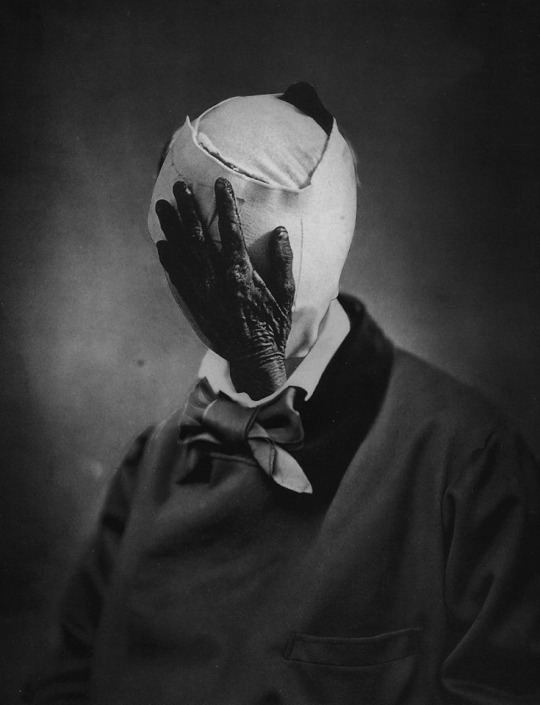
Irina & Silviu Székely.
39 notes
·
View notes
Text

Bertalan Székely - Thunderstorm (ca. 1875)
85 notes
·
View notes
Photo
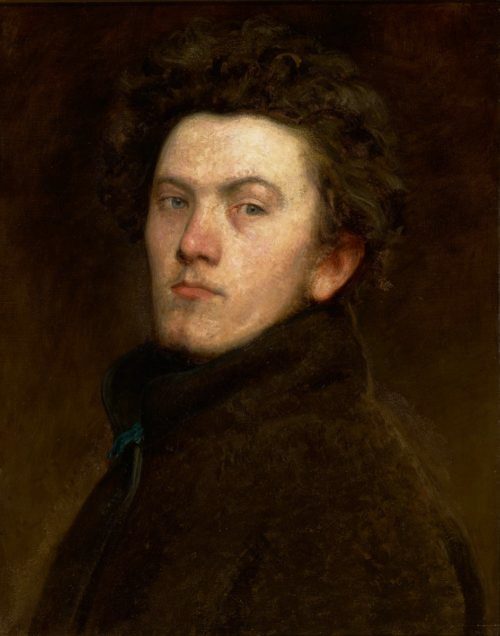
Bertalan Székely - Self portrait
15 notes
·
View notes
Text

Irina & Silviu Székely
2 notes
·
View notes